Renewable Energy Myths Debunked
Renewable energy has been all the rage for some years now. This is partly down to the generous subsidies that have been available from the public purse, in the shape of the Feed In Tariff and the Renewable Heat Incentive, as well as a desire on the part of homeowners and self builders to do their bit to help the environment and reduce running costs.
The problem is that we’ve been encouraged to look at green energy on an individual, house-by-house basis. But to my mind, sustainability in general and carbon dioxide levels in the atmosphere are global issues that necessitate global – or at least large-scale – solutions.
So before we look in detail at the options for renewable power and heat generation, we first need to debunk the biggest myth of all.
THE MYTH: You are going to save the planet by installing renewable technology
No you’re not. Of course we need to produce energy sustainably but the most cost effective way to do this – in terms of kilowatt-hours (kWh) of energy produced per pound invested – may well be through buying shares in offshore wind turbines, or wave & tidal power, rather than putting solar electric panels on the roof.
Think about the economic impact on our industry and jobs, too; locally-produced plant will help the regional economy.

It’s important to look at embodied energy and the environmental footprint of the technology we install in our homes
Appropriately located and properly-designed micro renewable energy systems may be able to play a useful part in reducing the impact of housing, but it’s important to be aware of embodied energy and the environmental footprint of whatever technology you install.
Renewable power
Electricity can be produced renewably from wind, water or sunlight. The best and most consistent of these sources is water, as many streams flow all year round, but sadly having a suitably powerful one running past your house isn’t especially common.
Micro wind turbines are also rare in the UK, as you need a steady and vigorous breeze.
The most effective schemes are often community-based – so a larger installation makes use of a better river flow, or in the case of wind, an exposed site where there is no housing and less concern about noise pollution.
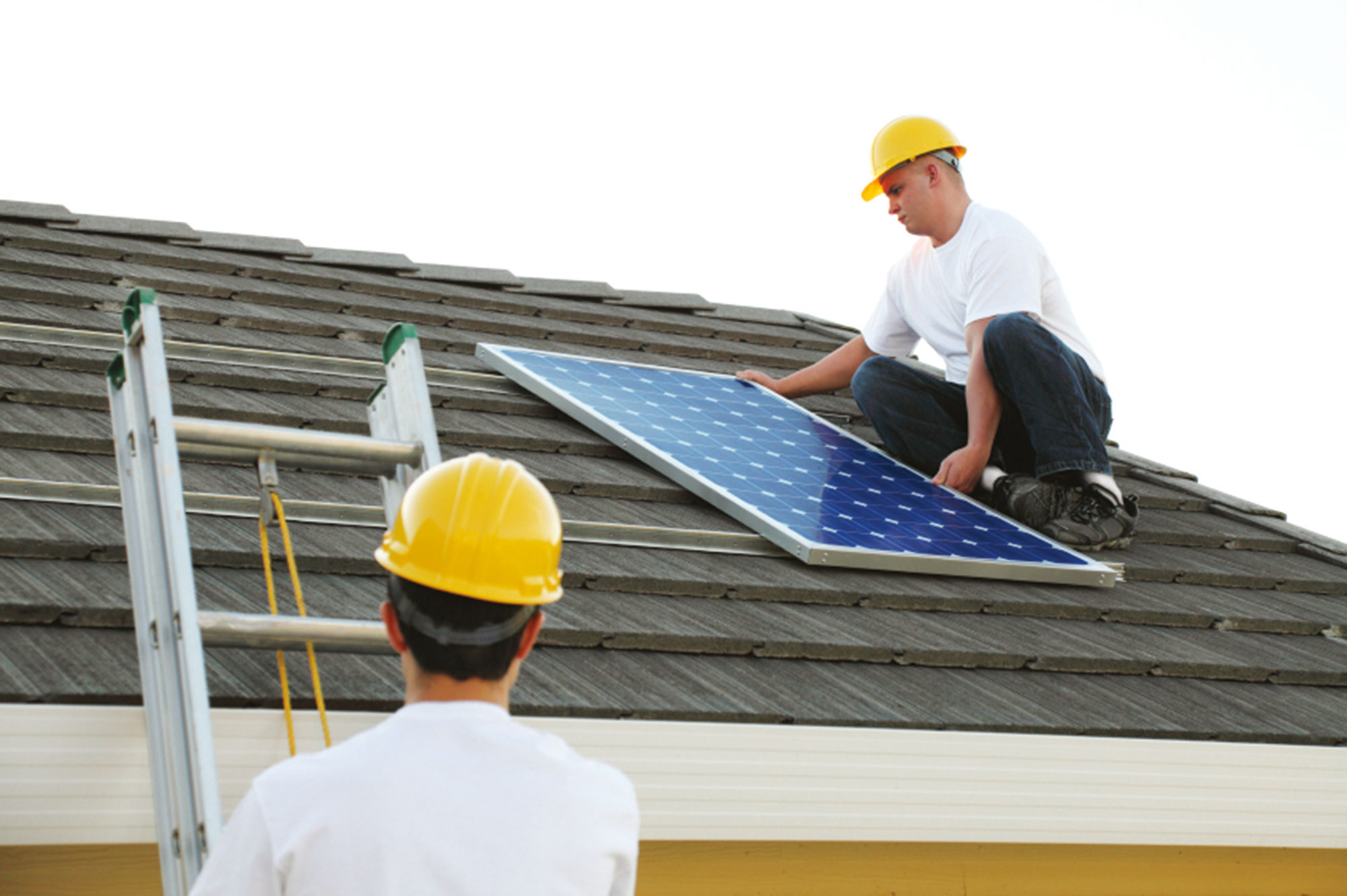
Solar electric panels are quick and easy to fit. These can be installed under permitted development rights
The local grid is then used to distribute the power. In reality the output from renewables is usually shared more widely and bespoke electricity networks connected to community-scale renewables are relatively uncommon.
This is the key point. We are all connected to the grid, so we must start by accepting this, and then work out the best ways to get renewable electricity into it.
-
THE TECH: Solar electric panels
The most common renewable power installed in the UK at present is solar photovoltaics (PV), also known as solar electric panels.
This is because it is readily available, easy to fit and – on sunny days at least – it’s easy to see the metered electricity production and, in some cases, the exports to the grid.
On an individual level, the combination of bill savings and FIT payments means you can net payback on a well-planned installation in around 13 years.
Even though PV produces electricity even on cloudy days, it really works best on a south facing roof when the sun is out. In the winter, when energy demand is at its highest, PV produces very little power at all. At these times, you’ll need to draw your electricity from the grid.
-
THE MYTH: Enough PV will enable you to say you are carbon neutral
The idea behind this is based on the premise that, in the summer months, you can export electricity from your PV to the grid – and then take it back in winter.
Some folks therefore think that, by installing enough solar electric panels, they’ll eventually export more than they import and therefore become carbon neutral.
Unfortunately it doesn’t work that way in practice.
Firstly, being carbon neutral is as much about your lifestyle as it is the building that houses you – check the impact of your next holiday flight, for instance!
Secondly, purchasing more panels costs more money and adds to the amount of raw materials (including rare metals) you’re consuming.
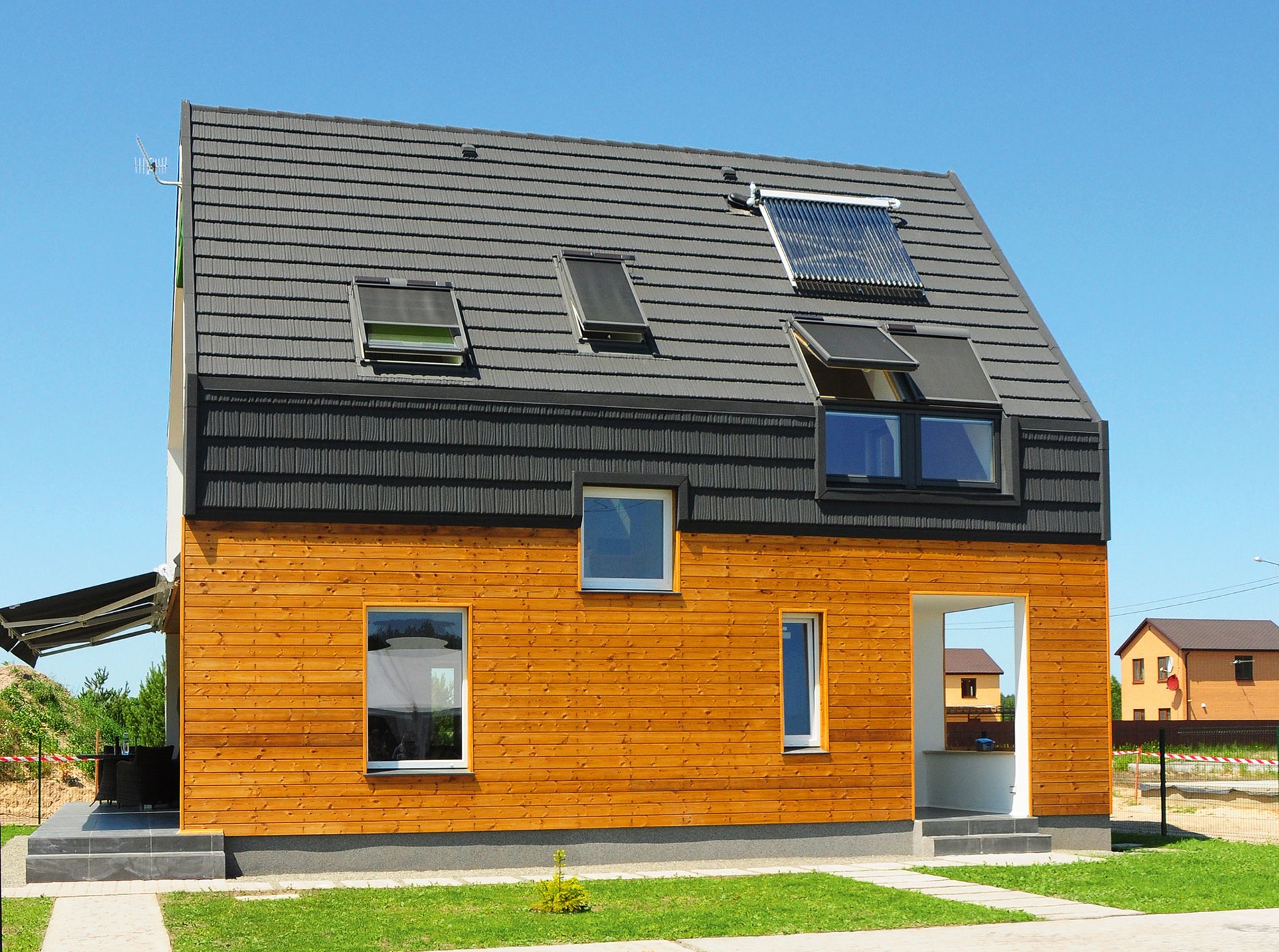
Solar thermal panels are great in warmer months, but won’t give much of a boost over winter
Furthermore, if you’re exporting power at peak solar production times, it’s unlikely the national grid will be able to take full advantage of these peaks. While it is surprisingly responsive, the large power stations probably won’t simply be able to drop production by an equivalent amount.
Don’t get me wrong – PV can still make a useful contribution to reducing power demand from the grid. However, there are economies of scale available and there would probably be a better return on investment from large-scale solar farms. It’s complicated, though, as we need to consider factors such as land use, too.
-
THE TECH: Battery storage
When looking at individual PV installations, it is tempting to hope that the advent of more affordable battery storage systems will solve the problem of intermittency in the renewable supply.
What these systems do is store energy generated during the daylight hours, so that it can be put to use during the evening and at night when the solar resource is not available.
What they can’t do, however, is store energy for more than a few days at most.
-
THE MYTH: The development of battery storage technology means that it’s now possible to go off grid completely
Not true, I’m afraid. Domestic battery storage is improving, but it’s still in its relative infancy. Crucially, it does nothing to address the seasonality issue.
Household demand for electricity is highest in winter, and battery storage isn’t capable of keeping your power on tap from August all the way to December. However, it’s a developing technology and I’m sure there’s further innovation in store.
Renewable heat
A range of technologies is available to provide a renewable supply of central heating and/or hot water. Each has its own pros and cons – but how do they compare on sustainability?
-
THE TECH: Heat pumps
This technology takes low-grade warmth from the ground or the air and converts it into usable energy, at a higher temperature, for space and water heating. It’s the same principle as
a refrigerator, but in reverse.
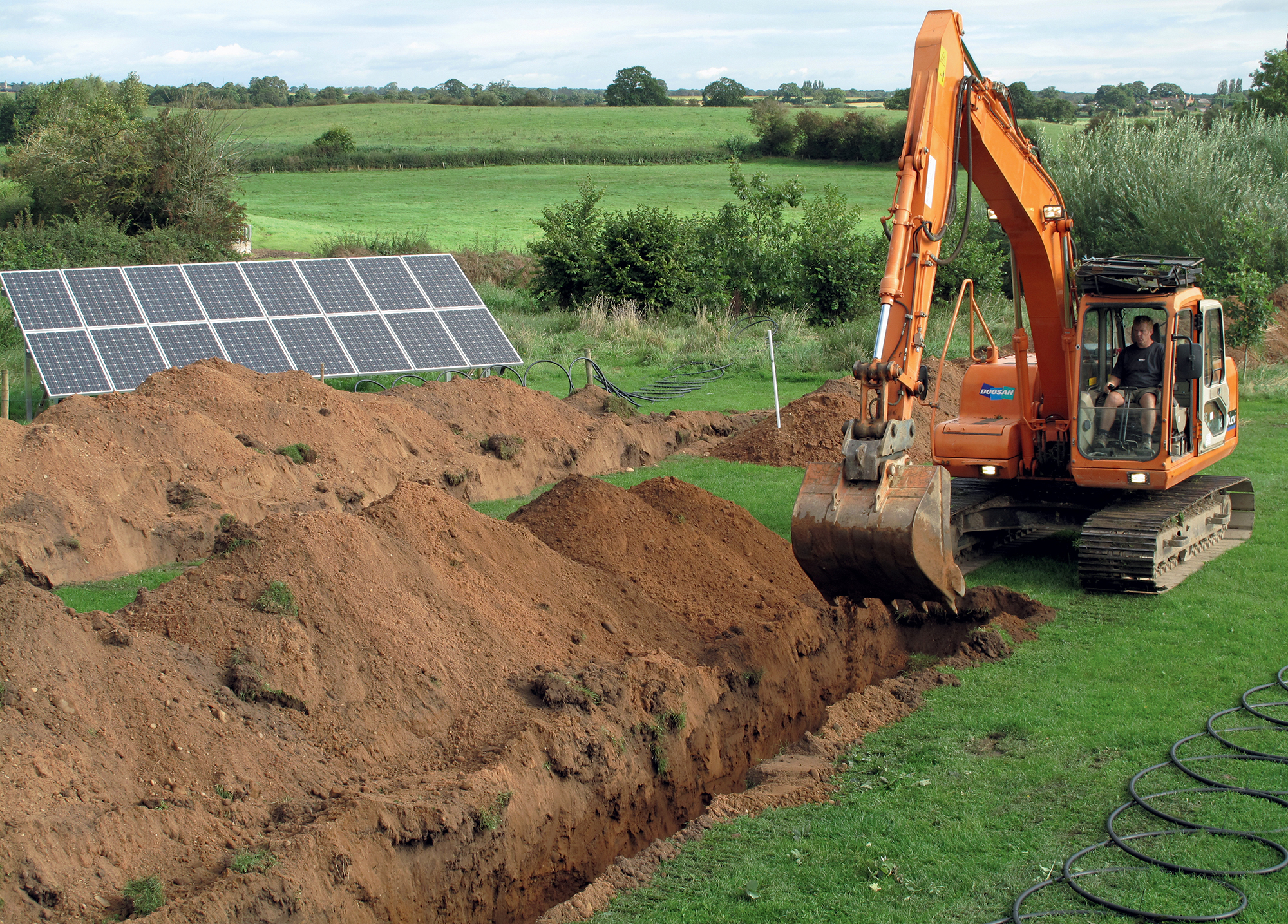
Ground source heat pumps collect warmth from a few metres beneath the surface, where the temperature is relatively constant, and concentrate it into useful energy
You need electrical energy to run the heat pump, so it’s not a completely renewable system. For each unit of electricity used by the appliance, you get more than one unit of heat output, and this is what makes heat pumps attractive.
The tech works best alongside low temperature distribution systems, such as underfloor heating (UFH). This is because, compared to radiator-based setups, less energy is required from the pump to raise the water to the desired level – so it runs more efficiently.
Owners of existing buildings without UFH sometimes install oversized radiators to get part of the way there.
Much depends on how the system is designed and installed, how airtight your home is and how much of your heat demand is for domestic hot water (DHW) rather than space heating.
DHW must be maintained at a much higher temperature, which reduces efficiency.
-
THE MYTH: Heat pumps are an ultra low-carbon energy source
In terms of carbon emissions, heat pumps are very similar to a gas boiler.
A ground source version might provide a small reduction in CO2 emissions per kWh of heat produced, but it has a much higher embodied energy.
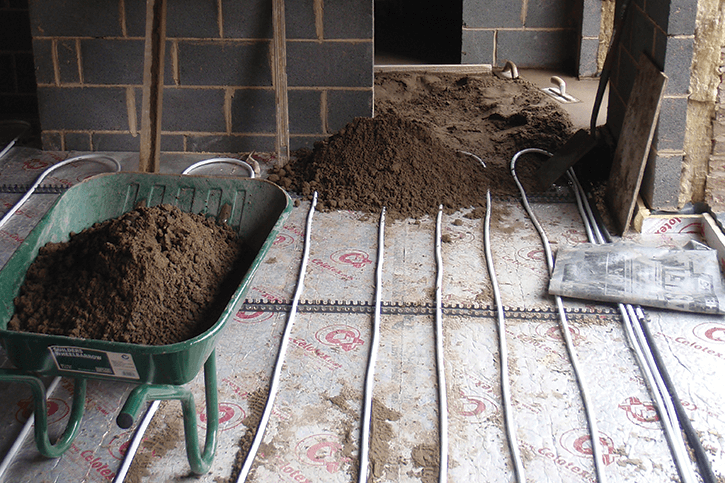
Underfloor heating’s low temperature makes it a good fit alongside renewable setups such as heat pumps
An air source heat pump, meanwhile, is unlikely to provide any saving. Both are more expensive to install than conventional boilers, too – but they’re strong options if your home is off the gas grid.
-
THE TECH: Biomass boilers
Biomass fuel is any form of plant matter (normally wood) that can be burned to deliver heat. This could be simply logs or it could be a wood waste product designed for burning in boilers, such as wood chip or pellets.
There are also energy crops grown specifically for use as a fuel, such as miscanthus, but these are normally only used in large-scale plants rather than domestic settings.
Wood chip is generated principally from forestry waste, and apart from being chipped and dried it is not processed in any way. It is cheaper to buy than pellets (per kWh of heat delivered) but not as cheap as logs.
Manufactured from wood processing industry waste products, such as ground wood chips, sawdust and bark, pellets are small and relatively easy to handle – they can be fed into a suitable boiler via an automated hopper.
On a sustainability level, wood is considered to be a carbon-neutral fuel, as the CO2 emitted from burning it is slightly less than the CO2 the tree absorbs as it grows. There’s a caveat, however, in that it takes energy to plant, maintain, harvest, process and transport biomass.
So in order to remain low-carbon as a fuel, it is important the wood is grown close to where it is used and that the local distribution system is efficient.
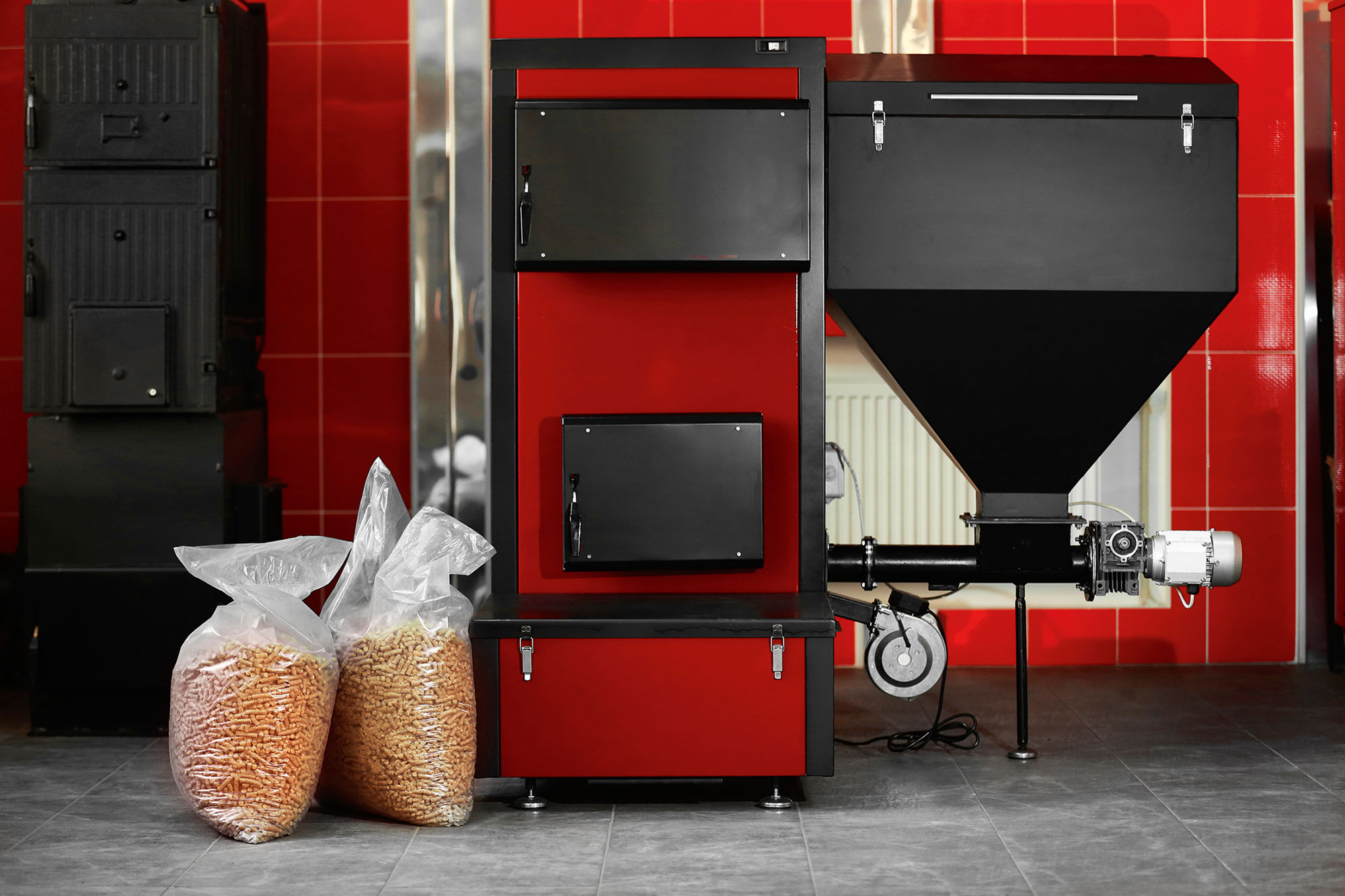
Pellet boilers can be kitted out with automated hoppers to reduce the need for user interaction; but you will need a plant room or outbuilding to house the system
Any timber that is harvested for fuel must be replaced with new planting, so that the equivalent CO2 emitted during combustion will be reabsorbed by new trees as they grow.
Biomass is harder work than gas or electricity. We don’t even notice the latter two coming and going in our homes, but it takes effort to feed fuel into a biomass boiler and, if you’re using logs, you’ll probably stay pretty fit collecting, storing and chopping the wood.
Installing a biomass boiler itself is also costly – the outlay is around four times as much as a gas boiler, although cheaper than a ground source heat pump. It’s a myth that biomass produces a lot of waste; the ash is relatively small by volume and makes a useful addition to the compost heap.
-
THE MYTH: You can’t burn biomass in a smoke control zone
Yes you can, but you need to use an exempt appliance.
A list of qualifying biomass boilers and stoves can be found on Defra’s website, which includes details of the permitted fuel (logs, chips or pellets). An alternative is to use certain exempt fuels (such as anthracite) in a smokeless zone, but none of these are biomass – so they’re not renewable options.
-
THE TECH: Solar water heating
Installing solar thermal panels is a popular renewable solution, allowing you to collect energy from the sun and use this to heat water for washing, bathing etc.
This kind of setup is rarely used to contribute to space heating, as during the colder months there isn’t sufficient solar resource to do much of this work (plus the Renewable Heat Incentive doesn’t pay out for this application).
Much of the energy required to heat water is used to take it from cold to lukewarm, so solar thermal can do some work even on dull days. Depending on location, well-designed and efficiently operated systems can fulfil around 50% of a household’s domestic hot water demand over the course of a year (known as the solar fraction).
-
THE MYTH: Solar water heating will provide most of your hot water
If you’re expecting this, you’ll probably be disappointed.
In the UK’s temperate climate, solar thermal is unlikely to do much more than 50% over the course of the year. However, that still represents a useful, zero-carbon contribution to your hot water requirements.
| One good route to maximising the potential of renewables, and evening out some of the challenges, is to combine renewable energy sources.
For example, a simple wood burning stove with a back boiler can be used to provide both space heating (potentially for the whole house in a highly energy efficient build) and hot water. If the weather is cold, this will be running and you’ll get a supply of DHW. Pair this with a solar water heater, and when the sun is out you’ll get your renewable supply that way – so between the two, you could net around 80%-90% of your hot water and space heating from low carbon sources. If you’re dealing with a building with a large cooling demand in the summer months, an air source heat pump in reverse mode can take care of this. A good combination is to team this with solar PV, so that power for the pump is provided renewably during the day, when cooling is most needed. Find great products for your scheme in our renewable energy product directory. |































































































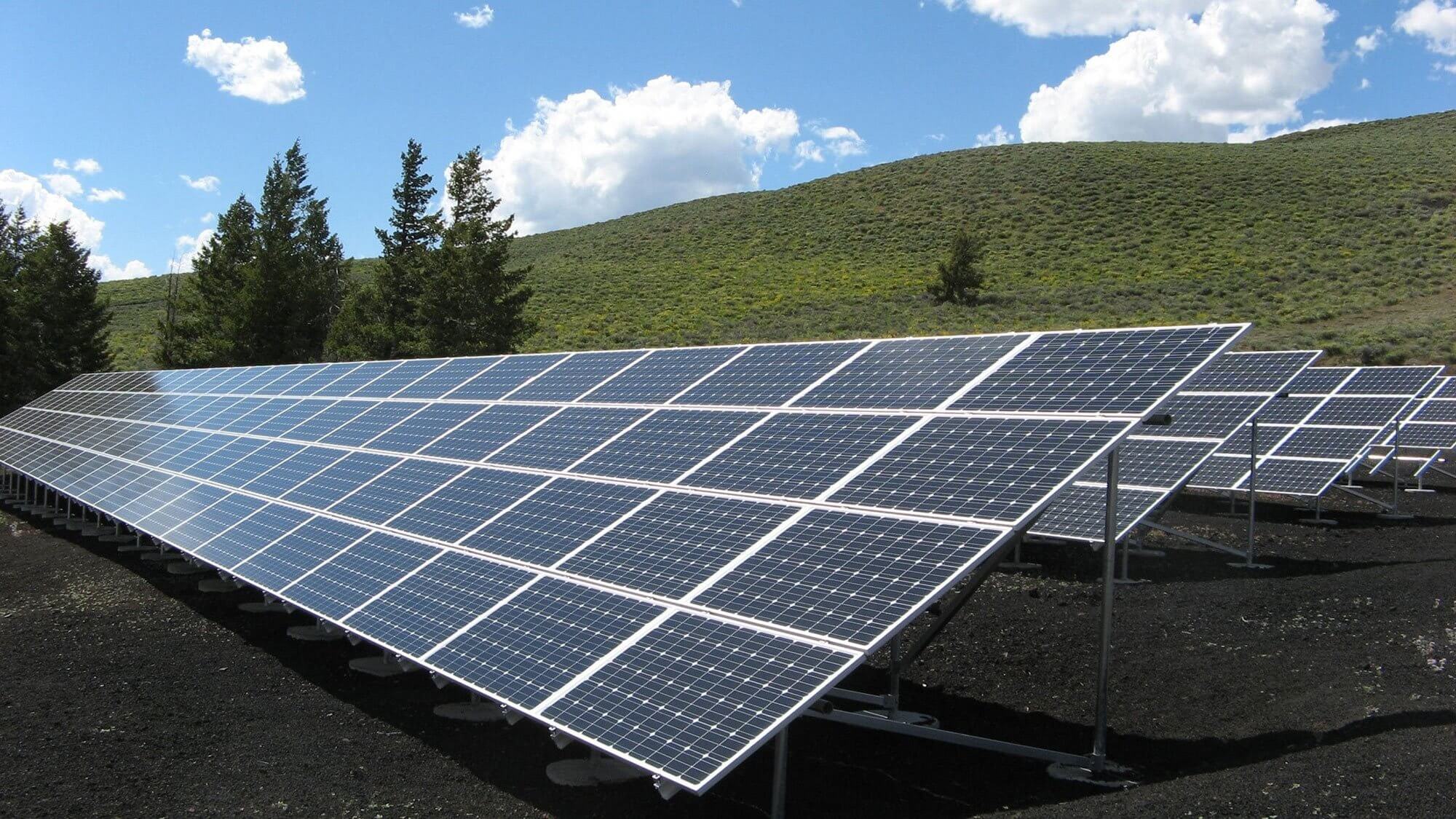
 Login/register to save Article for later
Login/register to save Article for later




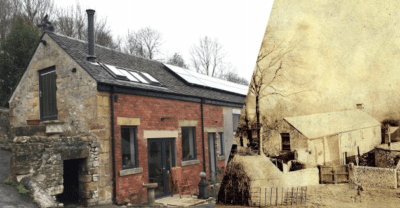
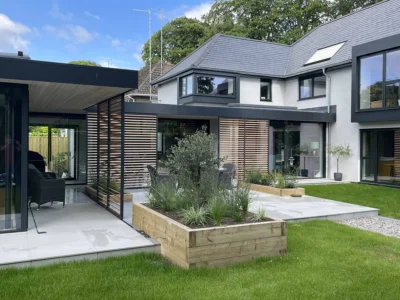
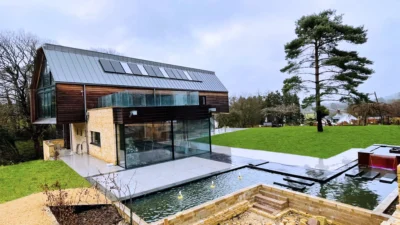
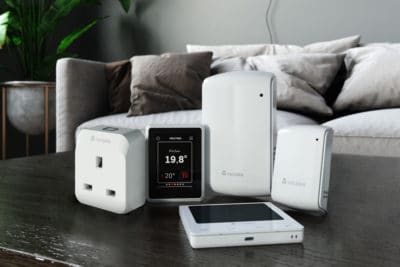





Thanks for this. The more I learn though, the more confused I get! If you were building a 2-bed pre-fab, modular home and wanted to make it as ‘active’ (i.e. energy generating rather than ‘passive’) as possible, what energy sources would you use? Really enjoyed your talk at the BuildIt show in Bicester recently.